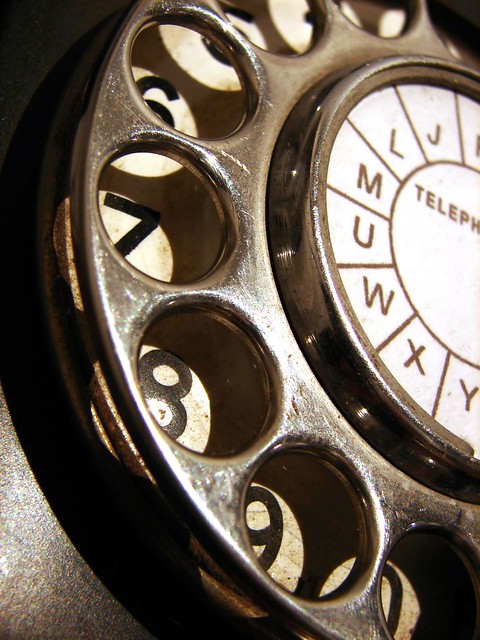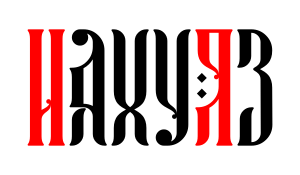
Each country has its own tradition of writing phone numbers. Some countries prefer dots and some use dashes, in Europe, people add a double zero before the country code, while Americans tend not to add a country code at all. Sometimes, it is really hard to understand how to deal with a row of numbers which seems to be a phone number.
In Russia, we use the plus sign before the country code, so the companies who work globally (and have good manners) write their phone numbers starting with +7, where seven is the code of Russia. A city code follows the country code, usually in parentheses. The code of Moscow is 495 and sometimes 499, the code for Saint Petersburg is 812. City codes can be longer, if a city is smaller. For example, a code for Novosibirsk, whose population is above 1 million, is 383, while Barnaul with its population over 600 thousand has the code 3852. The place where I live now has the code 38595, that means that it is a relatively small town in the Altay territory (all Altay cities have codes started with 385-)
Normally, Russians split the phone number into three groups with dashes like this: ххх-хх-хх or, if the city is not big enough to have 7 digit numbers, its numbers look like this: xx-xx-xx. Together with the country code and city code, it would look like +7 (495) xxx-xx-xx or +7(3852) xx-xx-xx. For advertising purpose, some companies buy “easy” numbers, so these numbers may be regrouped. For example, a taxi service number consisting of triple 7 and triple 9 would be written in this way: 777-999.
Companies and people who have no international relations may write their phone number starting with 8. Why 8? For a long time, there was the only one long distance carrier in Russia — Rostelecom. If you wanted to place a call to another city, you would first press 8 in order to connect a long-distance carrier. Today, there are a few companies in Russia that offer long-distance calls, but 8 is still the first number you should press for a long-distance call. If you are in Russia and want to place an international call via a fix line, you should first press 8 and then 10 and then a code of a country of destination. If you use a mobile phone, you may just start typing + and a country code. Read more about placing long-distance and international calls from Russia here. Please note that long-distance calls as well as international calls are quite expensive in Russia, so Skype is a better choice in most cases. I use Skype and other VoIP solutions very often, and I’m satisfied with the connection quality.
You should also press 8 first (or +7 if you call from another country) if you want to call to a mobile phone number. Mobile numbers normally starts with 9. Usually mobile numbers look like: 8 (9хх) ххх-хх-хх or +7 (9хх) ххх-хх-хх. When the mobile network had just hit the Russian market, people could easily tell what carrier the number owner subscribed to. The first three numbers were a “carrier code”. So, numbers started with 903 or 905 were for Beeline numbers, 912 or 913 were for MTS. It was quite convenient, because calls within one network were significantly cheaper than calls to another carrier. Today, there are many new prefixes, like 928 and 916, so I do not always know what numbers are for what carrier. Luckily, I don’t have to care about it any more, since mobile connection is relatively cheap in Russia, even between two different carriers, as long as I place a call within my domestic area.
Photo by Louise Docker
